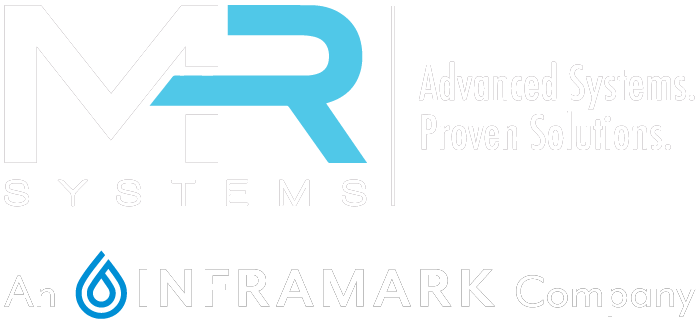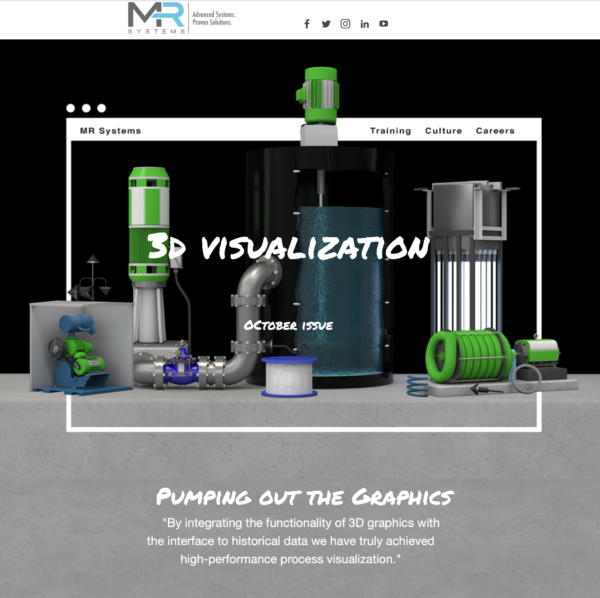IF INTERESTED, PLEASE CONTACT HEATHER DUDEK AT SERVICE.AI@INFRAMARK.COM
Objective
Students are introduced to FactoryTalk’s HMI products and are taught how to define
communications, retrieve data, create schedules, add field devices, and manage security.
Students will perform a number of labs using water and wastewater applications to reinforce
the experiential learning process.
Level
Basic
Audience
Water and Wastewater SCADA System Operators, IT Administrators, Plant Managers
Duration
3 Days; Lunch is provided.
Prerequisite
Attendees should have a working knowledge of Microsoft’s Windows operating systems and
general knowledge of municipal water and wastewater treatment facilities and processes.
CONTACT SERVICE.AI@INFRAMARK.COM if interested!
Training Plan
Day 1
Architecture
- Defining the Client/Server Relationship
Authorizing Runtime and Development Using
the FactoryTalk Activation Manager
Communications
- Configuring RSLinx Enterprise for Data
Interaction - Troubleshooting Data Connections Using the
FactoryTalk Administration Console
Data Types
- Explanation of the Basic Data Types
and Functions - Utilizing the HMI Tag Database to Create
and Modify Tags
Window Elements
- Breaking Down the Graphic Component
within FactoryTalk - Using Toolbars for Manipulating Object
Appearances, Orientation, and Grouping
Day 2
Design Interface
- Using Internal and External Data Types
to Animate Objects - Structuring Navigation and Windows Layouts
Scripting
- Explanation of Format and Internal Functions
for Creating Scripts - Using Derived Tags, Events and Macros to
Accomplish Objectives
Alarming
- Applying Alarm Functionality Using HMI
Tag Alarming - Using the FactoryTalk Alarm Groups and
Event Server for Expanded Alarm Functionality
Day 3
Security
- Implementation of System Security by Adding and Managing FactoryTalk Security Codes, Users and Groups
- Creation of User and Access Level-Based Restrictions
Trending
- Configuration and Development of Historical Trend Objects
- Effectively Capturing and Displaying Necessary Data
- Evaluating Logging Intervals and Relation to Value Deadbands
Standard Comparisons
- Correlation of Graphic Development Pertaining to the Customer’s System
- Using the Customer’s Application to Identify Corresponding Standard Functions
- Recognizing Key Plant-Specific Network Characteristics

